In a now-familiar twist of regulatory déjà vu, the Trump administration - newly returned to the White House - has moved once again to roll back federal water efficiency standards for showerheads and other household appliances. The repeal comes just a few years after President Joe Biden reversed a previous Trump-era showerhead deregulation in 2021, reinstating Obama-era rules that limited water flow from all showerheads in a fixture to a collective 2.5 gallons per minute.
The latest 2025 move on the humble showerhead is being framed by the administration as a return to 'common sense' and 'freedom of choice'. According to a White House fact sheet, Americans should be free to enjoy a powerful shower without federal interference. The administration also took aim at Biden-era appliance standards more broadly, accusing them of turning basic household items into 'bureaucratic nightmares'.
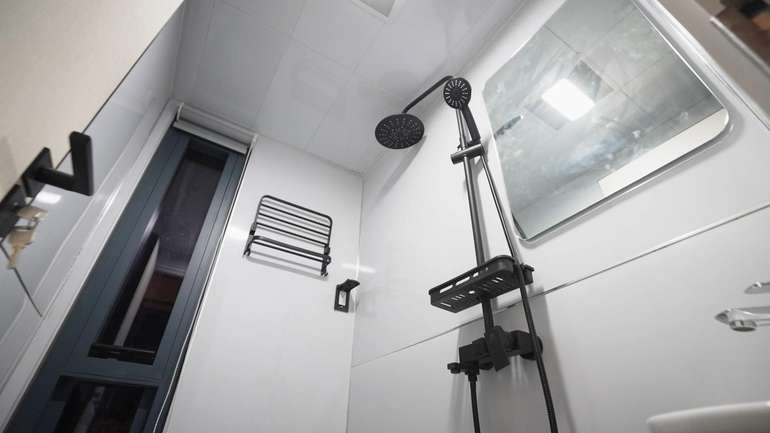
Efficiency isn’t just about water - it’s about money and energy
But behind the rhetoric of freedom and flow lies a costly truth: all this back-and-forth doesn’t just waste water - it wastes money, time, and policy momentum.
Efficiency standards like those targeted here have long been shown to reduce household utility bills and lessen the strain on aging infrastructure. According to data from before the 2020 Trump rollback, these measures had already saved Americans more than $111 billion in water and energy costs. They also helped avoid the use of over 4 trillion gallons of water - no small feat in a world facing climate change and drought.
Wondering whether low-flow showerheads actually deliver on those savings? Check out our guide on whether low-flow showerheads are worth it to see how much water and money you can really save.
And the savings go far beyond the bathroom. Heating and moving water is energy-intensive. In many municipalities, water management is one of the largest consumers of electricity. That means every gallon saved is also a win for emissions and energy affordability.
Legal trouble on the horizon?
So why the repeal? The argument centers on consumer frustration with so-called 'weak' showers and an ideological push against environmental regulation. But it’s a short-sighted view, especially when many Americans - especially those in arid states like California - are facing rising water rates and increasingly unpredictable weather patterns.
More frustrating still is the way these rules are being overturned. Instead of following the usual public consultation process, the new executive order claims that “notice and comment is unnecessary because I am ordering the repeal.” Legal experts are already questioning the move, calling it potentially unlawful under the Administrative Procedure Act. If challenged in court, as seems likely, the reversal may not hold up.
Which brings us to the most ironic part of this saga: the fight over showerheads may end up costing Americans millions in legal battles, regulatory rewrites, and delayed climate action - all over how much water you use when you bathe.
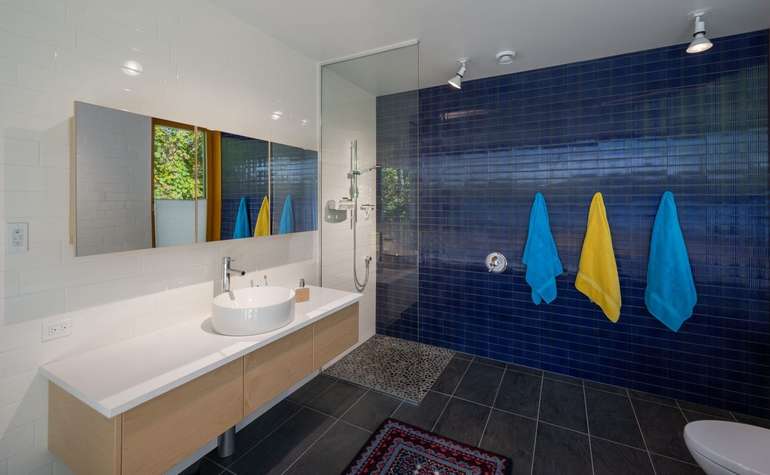
A bigger problem than just showers
It’s hard not to see this as a metaphor for broader dysfunction. While the U.S. - and Canada, watching from the sidelines - could be moving decisively toward smarter, more affordable, and less wasteful homes, progress keeps getting hijacked by petty political backtracking. Every administration change brings a new set of rules, followed by a repeal, followed by a lawsuit.
And who pays for that? We do. Not just in legal fees and regulatory churn, but in lost opportunities for energy savings, for affordable housing, and for meaningful climate progress.
All this, over hot water.
Now that you learned that Trump repeals efficiency rules again, learn more about home water efficiency and conservation of natural resources in the Ecohome Green Building Guide pages.
Find more about green home construction and reap the benefits of a free Ecohome Network Membership here. |
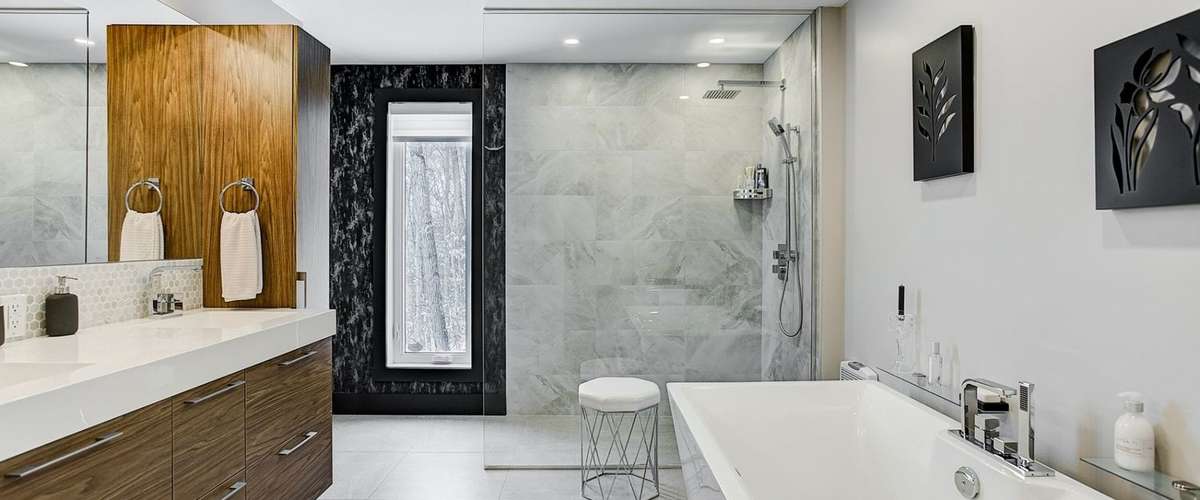





















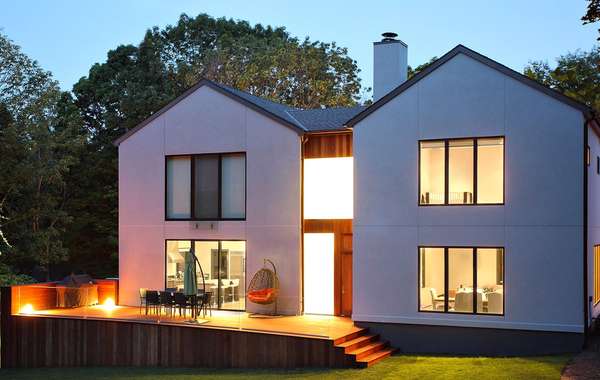





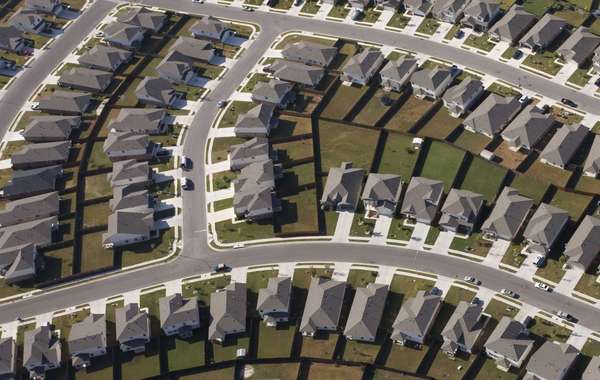


Comments (0)
Sign Up to Comment